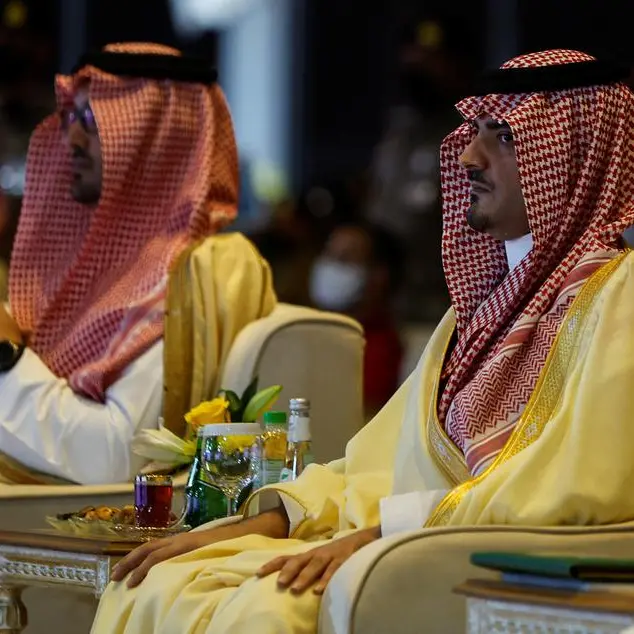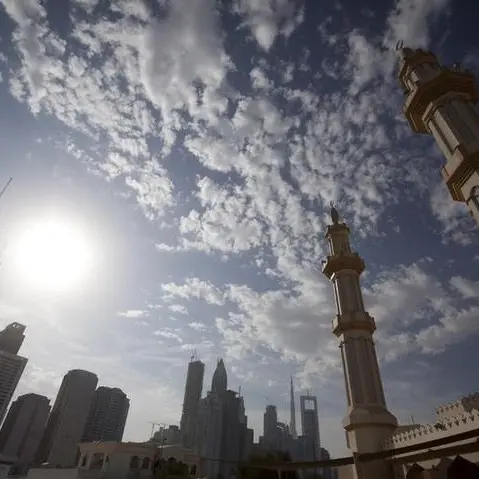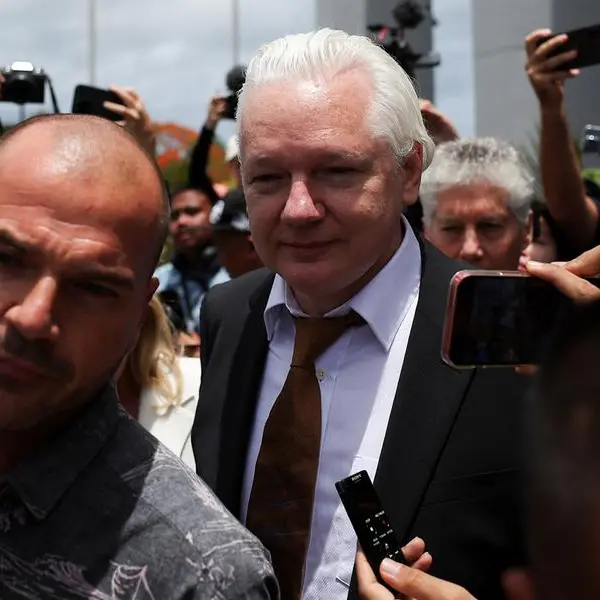PHOTO
After 12 years, legal actions across three continents, and hundreds of millions of dollars in fees for professional services, the final phase of the Algosaibi saga came on Sunday with the formal ruling from a court in Dammam that a settlement had been reached and could be implemented.
The court ruling rubber-stamped an announcement last month to the effect that 95 percent of the creditors to Ahmed Hamed Algosaibi & Brothers agreed a plan to restructure and repay about $7.5 billion of debts incurred when it went bankrupt in 2009.
It has been a traumatic time all round. Partners and directors, employees, creditors and many others will be glad to see the back of the saga, and resume some kind of normality in lives disrupted by fraud, theft and deceit on a grand scale.
For Saudi Arabia, the settlement ends a challenging period during which the world scrutinized the Kingdom’s financial infrastructure as never before. Now that the test has been passed, the lessons learned should be remembered.
Perhaps the first and most important is that the old practice of “name lending” — granting credit facilities to individuals and corporations purely on their past reputation — is an antiquated and potentially dangerous practice that has no place in the modern financial world. Maan Al-Sanea, the outsider who married into the Algosaibi family, would not have been able to stack up billions of dollars in debt on the strength of the family name if the bankers had done proper due diligence on him in the days before the crash, rather than relying on the family reputation.
Once AHAB was overwhelmed by debts during the global financial crisis, there were several other decisive moments in the saga.
One was the decision by the family to appoint professional advisers at an easy stage. With a team of investigating accountants, lawyers and other professionals, AHAB had a coherent strategy from the outset — to negotiate an honorable settlement with their creditors, while pursuing Al-Sanea and his companies across multiple jurisdictions for recovery of fraudulently obtained funds.
A series of decrees by the government of Saudi Arabia expedited the process.
A period of 12 years might seem like a long time, but it coincided with a dramatic transformation in the financial infrastructure of the Kingdom, which finally allowed the settlement to be reached.
The enforcement law of 2012 allowed foreign judgments to be recognized in the Kingdom’s courts, meaning that foreign creditors could seek the return of their funds via the domestic process. The Saudi Central Bank duly began to hand out judgments in favor of international banks, which eventually allowed all the creditors to receive the same treatment, an essential element of settlement.
Changes to the arbitration laws in 2017 streamlined the decision-making process and put in place the bureaucratic infrastructure necessary to resolve disputes.
The final piece in the legislative jigsaw was the bankruptcy law enacted in 2018, which for the first time established a framework for the restructuring and liquidation of troubled corporations. The Kingdom came into line with accepted international best practice on insolvencies.
Without this provision, AHAB would not have been able to negotiate with more than 100 creditors. In the end, only one big Saudi bank did not agree to the plan, but the settlement could still go ahead even without unanimity thanks to the bankruptcy framework.
In the settlement, the Algosaibi family will hand over 90 percent of the assets of the company, in the form of quoted equities, cash and real estate. These will, on liquidation, give creditors about 25 cents on each dollar they are owed.
The partners will be left with the foundations of a successful business, with interests including a hotel, shopping mall, paint and container manufacturing businesses, with operating assets valued at about $150 million, as well as personal assets.
One point worth noting is that the liquidation of assets as part of the settlement requires a lifting of the asset freezes, and maybe travel bans, which were imposed early on in the saga.
There are some other loose ends, including ongoing litigation in the Cayman Islands, where Al-Sanea had most of his assets, and, of course, some form of final decision about the debts of his fallen empire, which total more than $20 billion.
But Sunday’s ruling closes the curtain on a painful learning process for all concerned. It is to be hoped that the lessons have been well and truly learned.
• Frank Kane is an award-winning business journalist based in Dubai. Twitter: @frankkanedubai
Copyright: Arab News © 2021 All rights reserved. Provided by SyndiGate Media Inc. (Syndigate.info).























